Making light tangible with satisfying haptic sensation to improve health and wellbeing
Human Centric Lighting Control Unit
Client: Ledvance
Prioritising sustainability and comfort with smart incontinence management
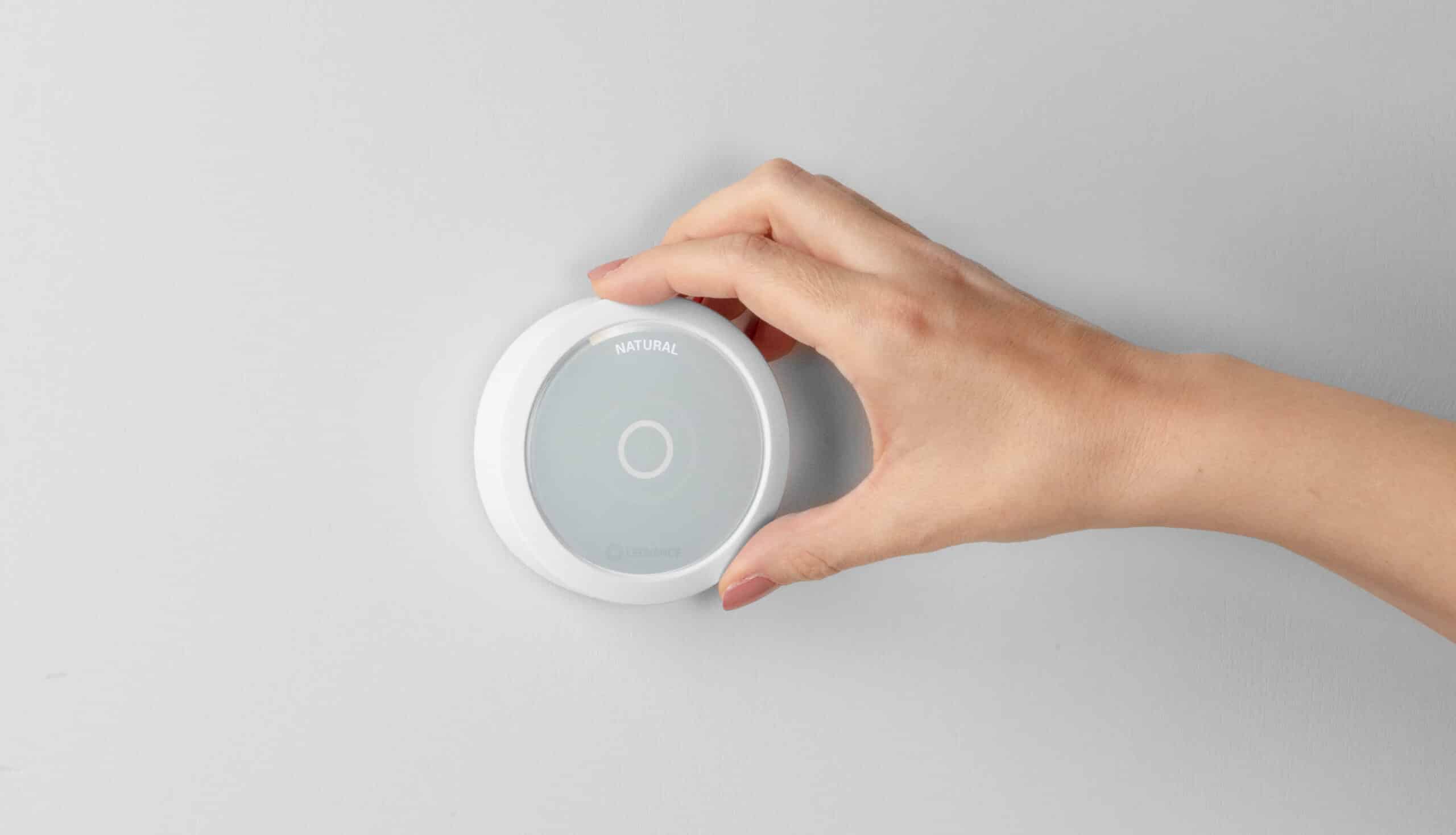
The vision
Office buildings are notorious for poor lighting. But the Biolux Human Centric Lighting Control Unit gives the users the power to adjust the lighting to reflect our natural biological rhythm, or simply scroll through pre-programmed settings fit the needs of the people in the room to improve health, wellbeing and productivity.
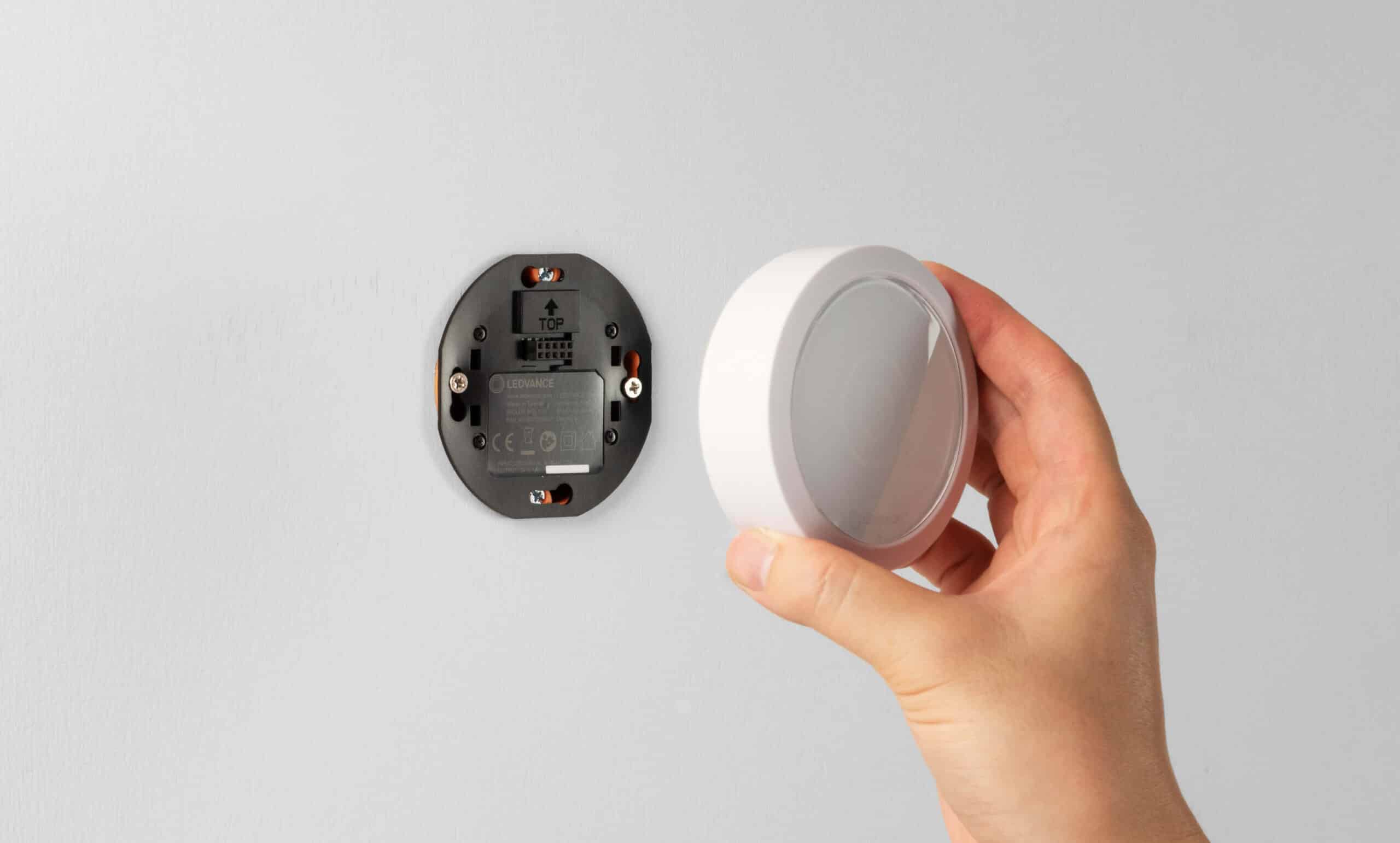
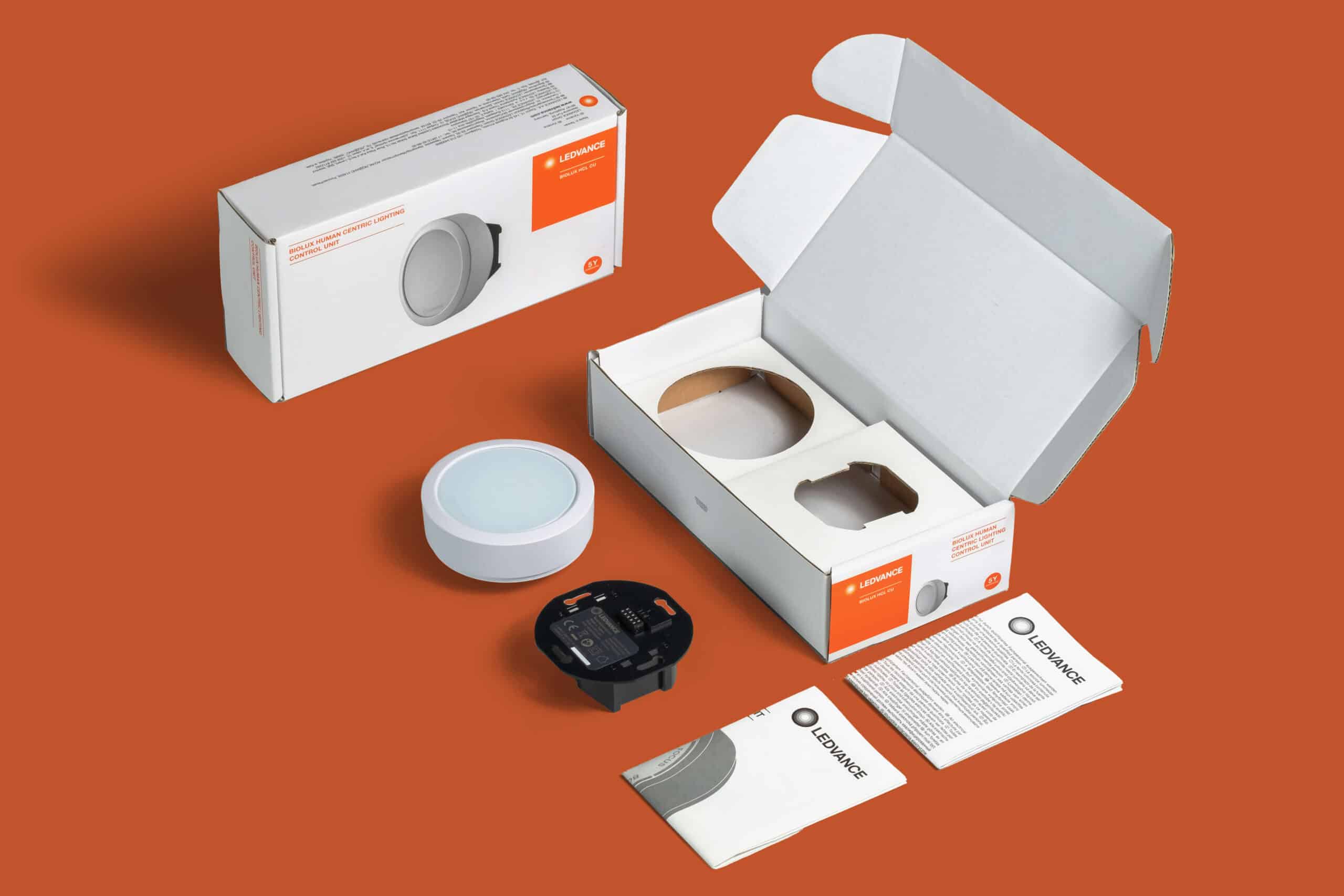
The outcome
At a glance, the Biolux HCL-CU looks simple – a sleek and abstract design with no unnecessary features. What you don’t see is the advanced system that is controlled by the device. Our engineers accommodated high and low voltages and integrated a ZigBee chip and the newest high-tech ST-chip for Bluetooth connection, with a LED display.
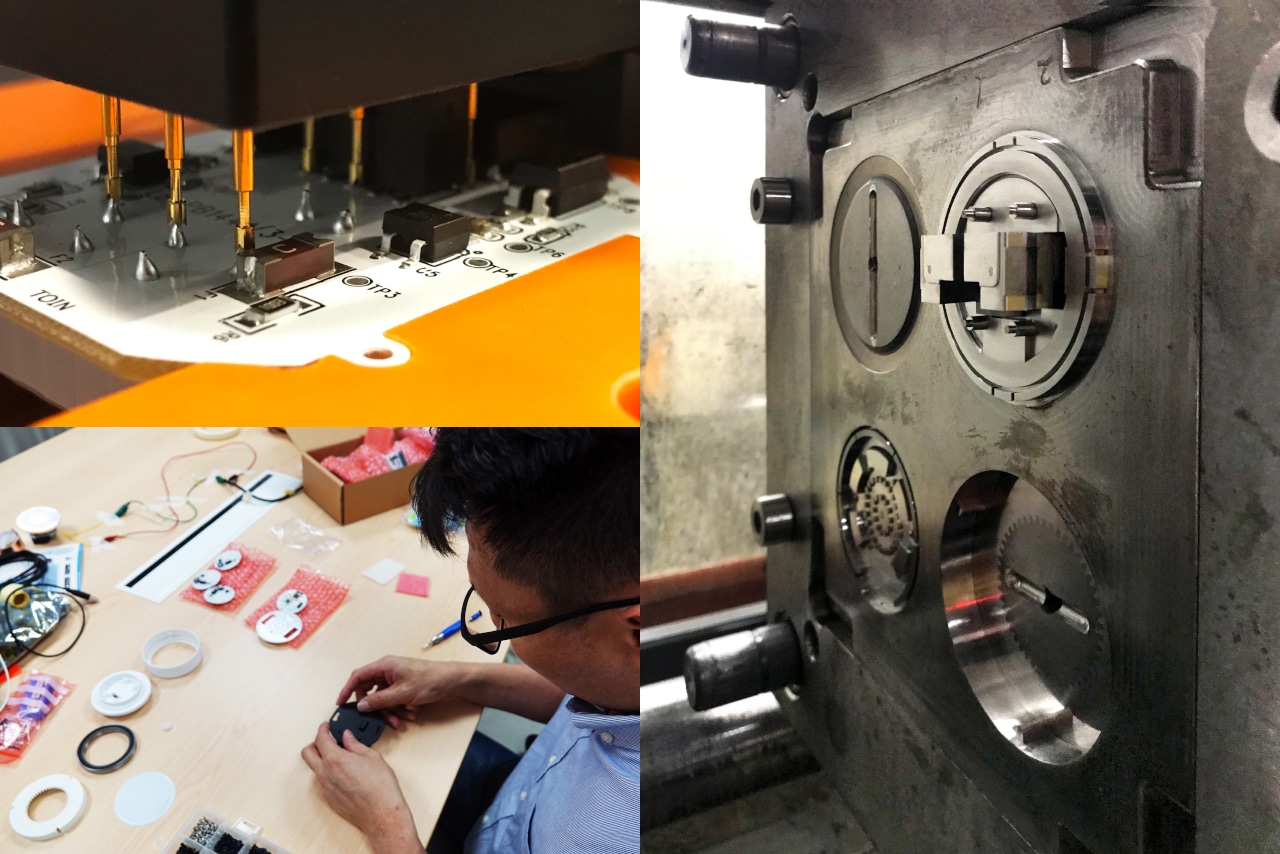
What’s up?
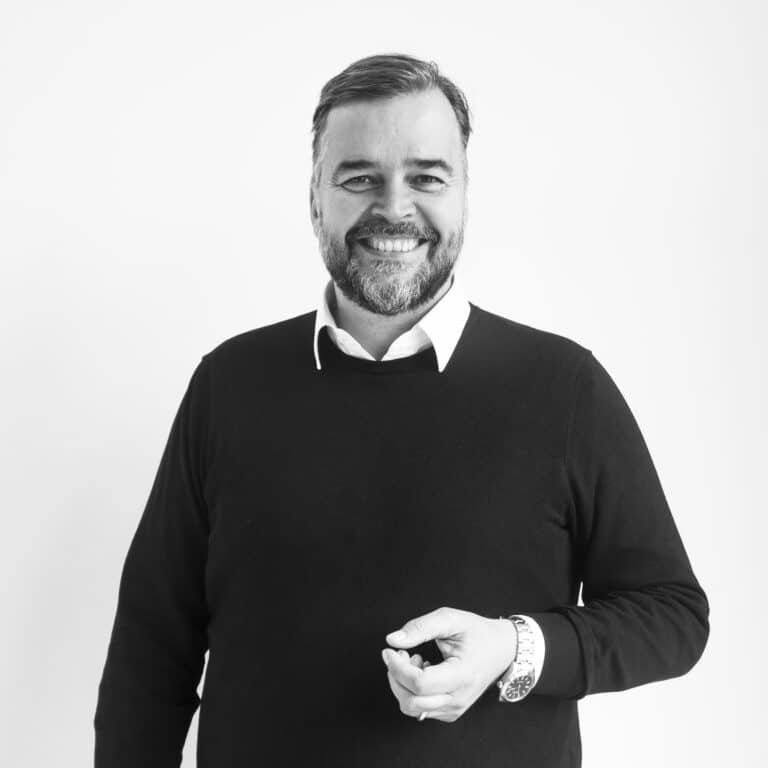
Marc Nagel, Managing Director
Are you looking for a partner who can guide you to create unique user experiences and help you to overcome your challenges?
Get in touch and tell us what you have in mind.